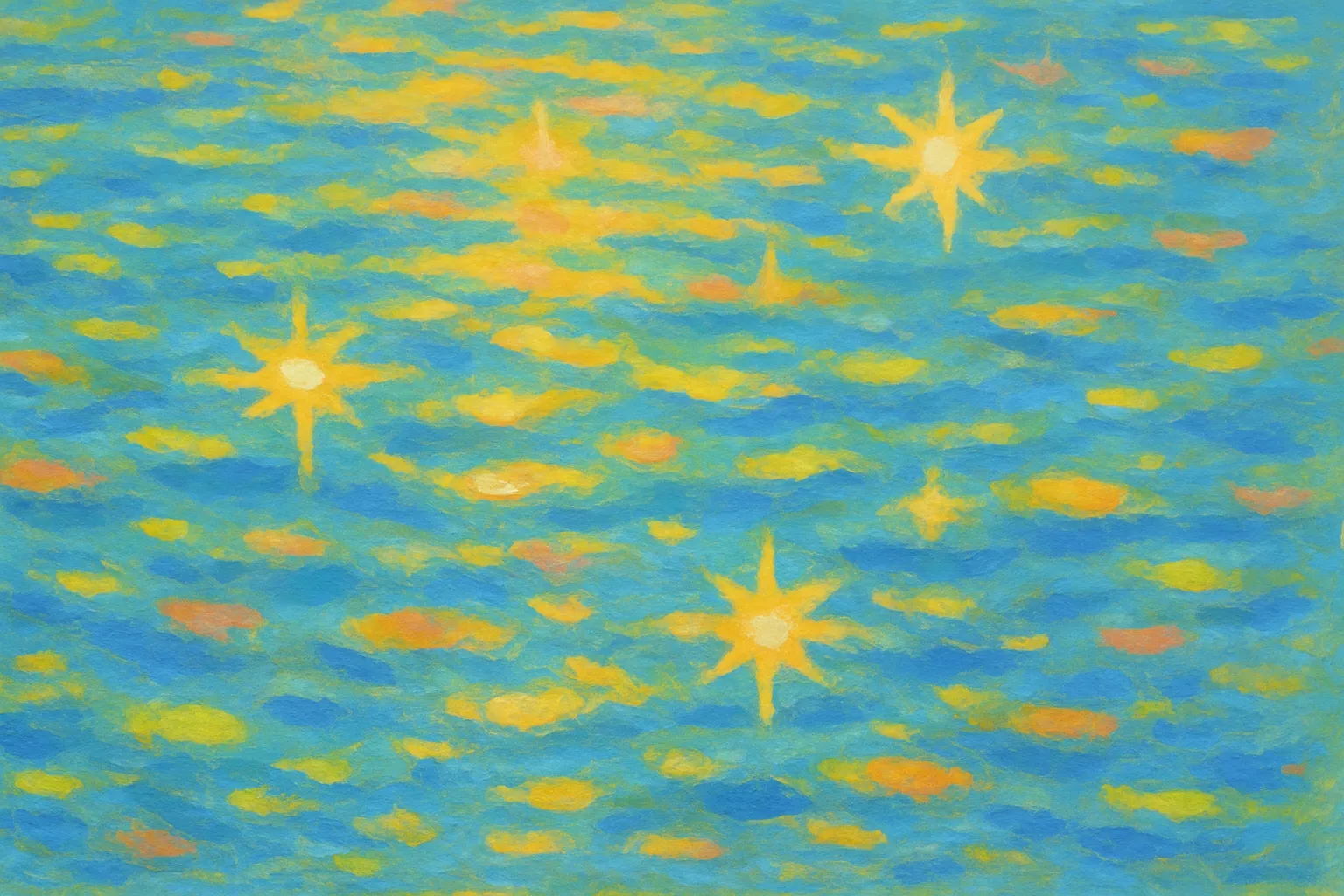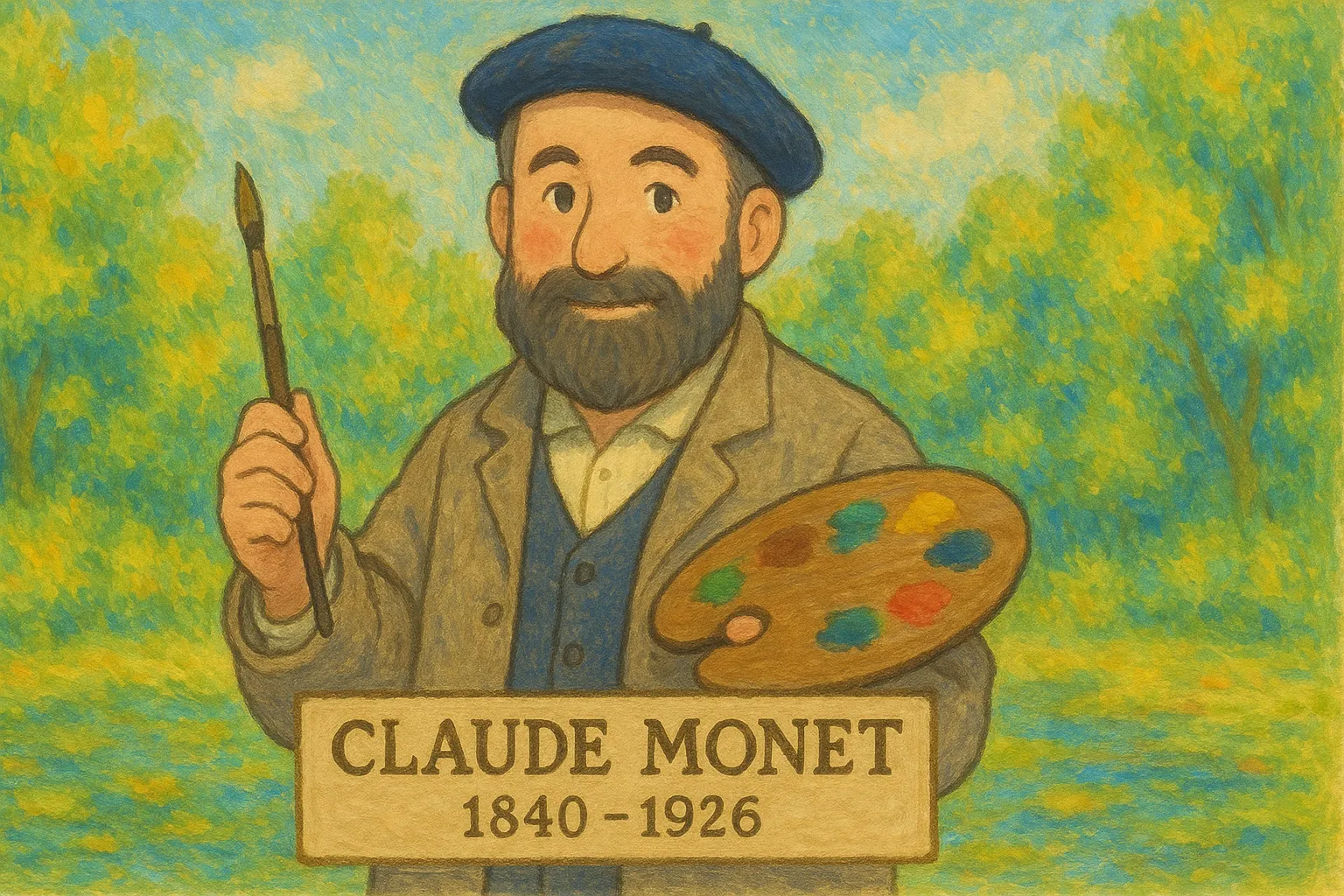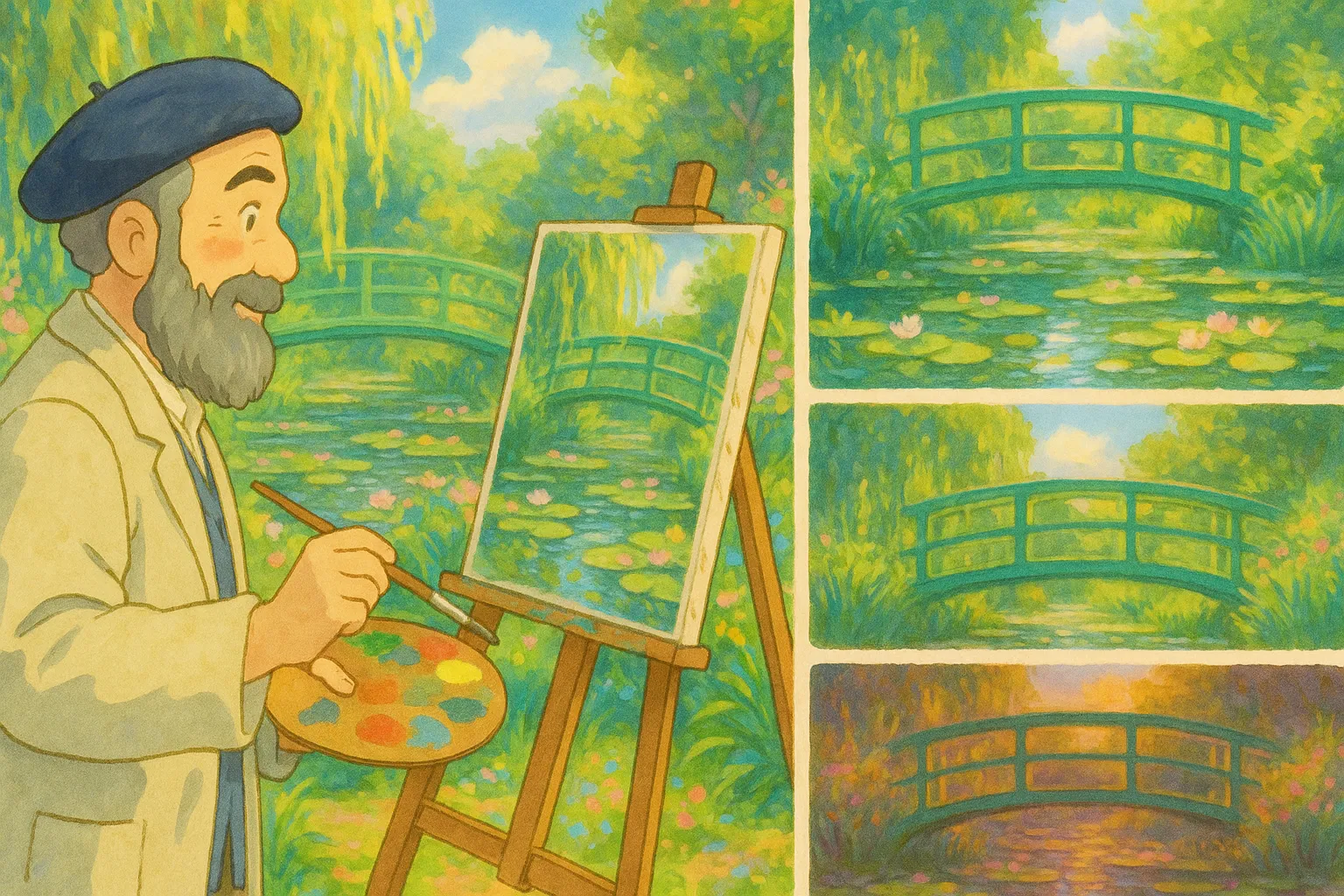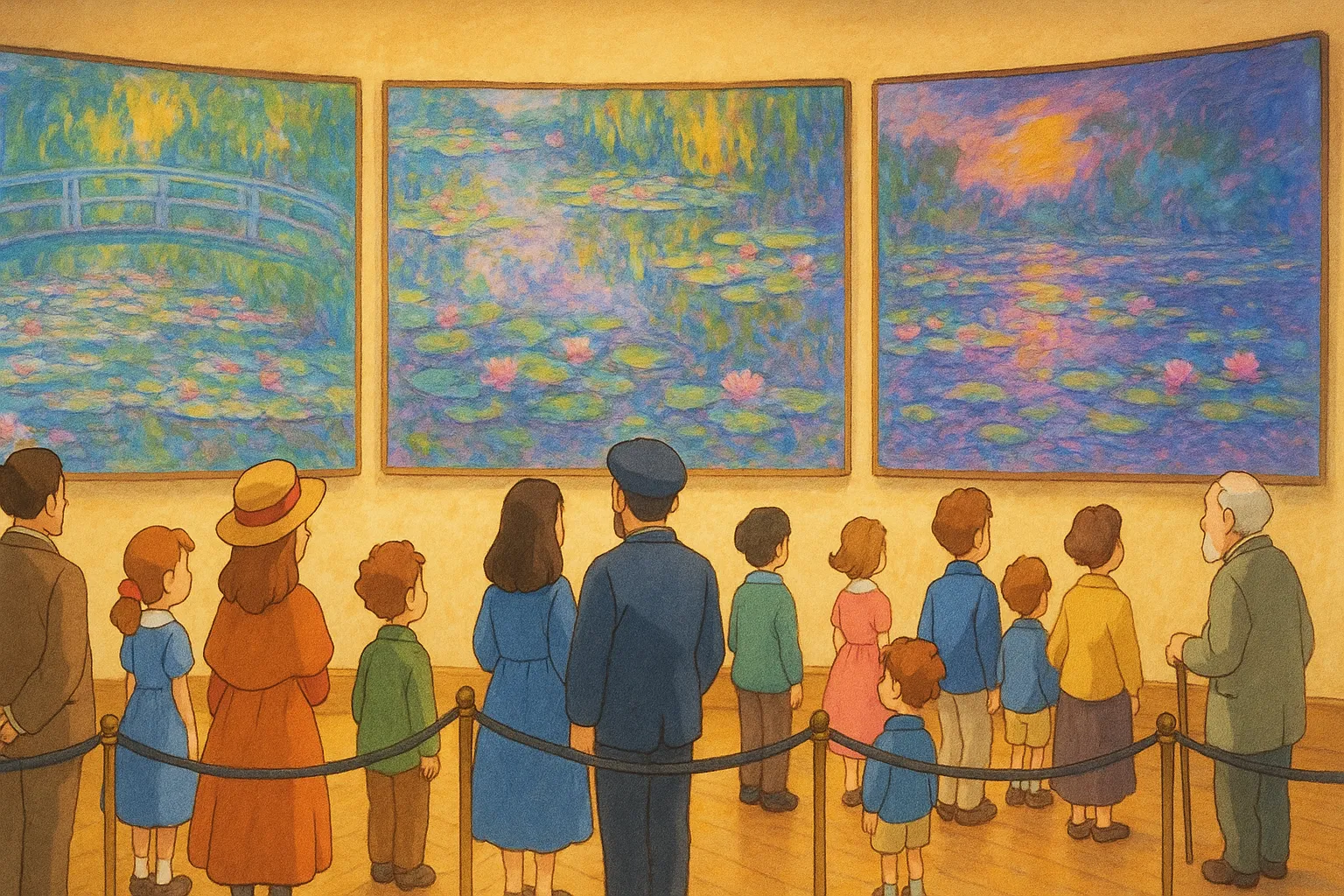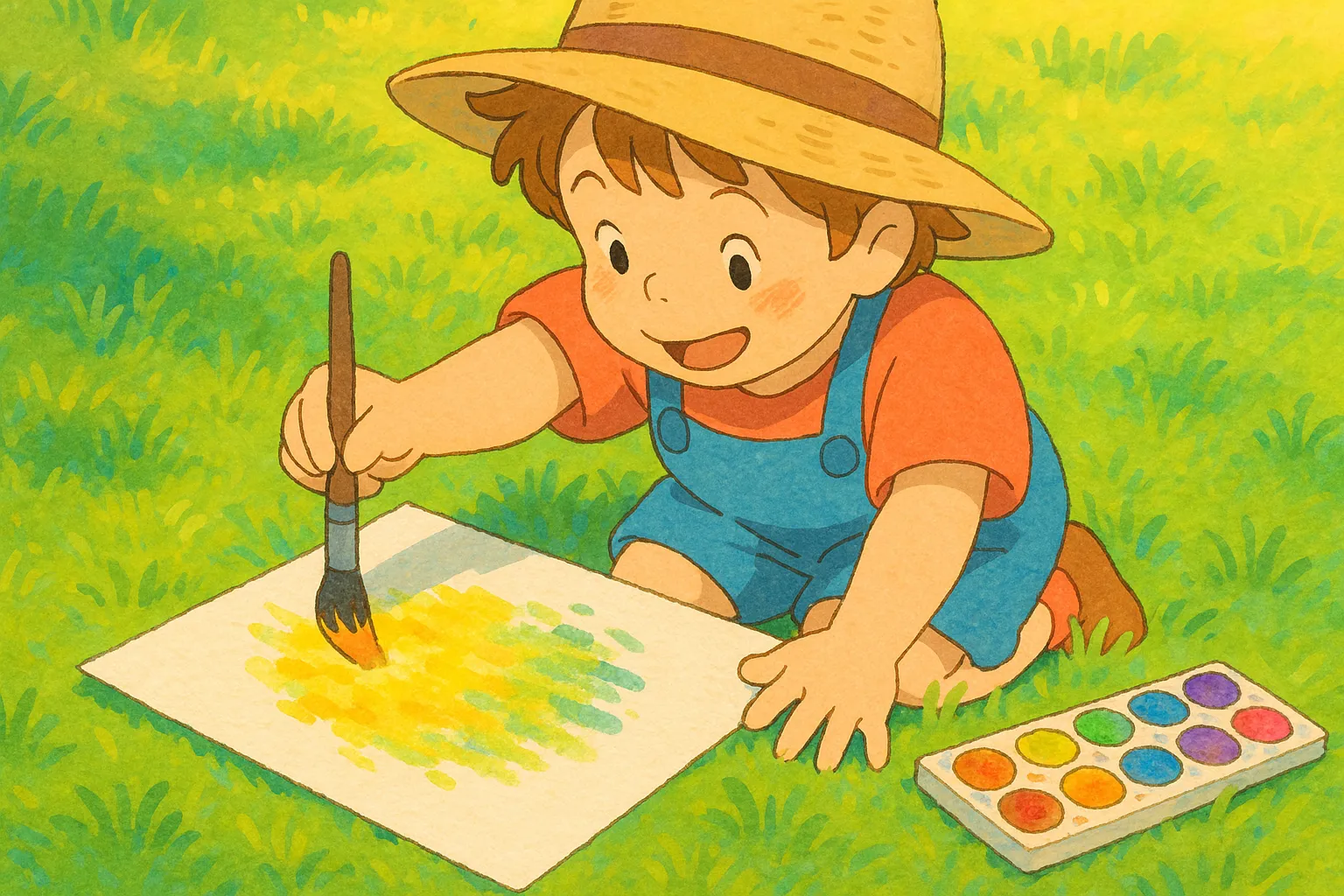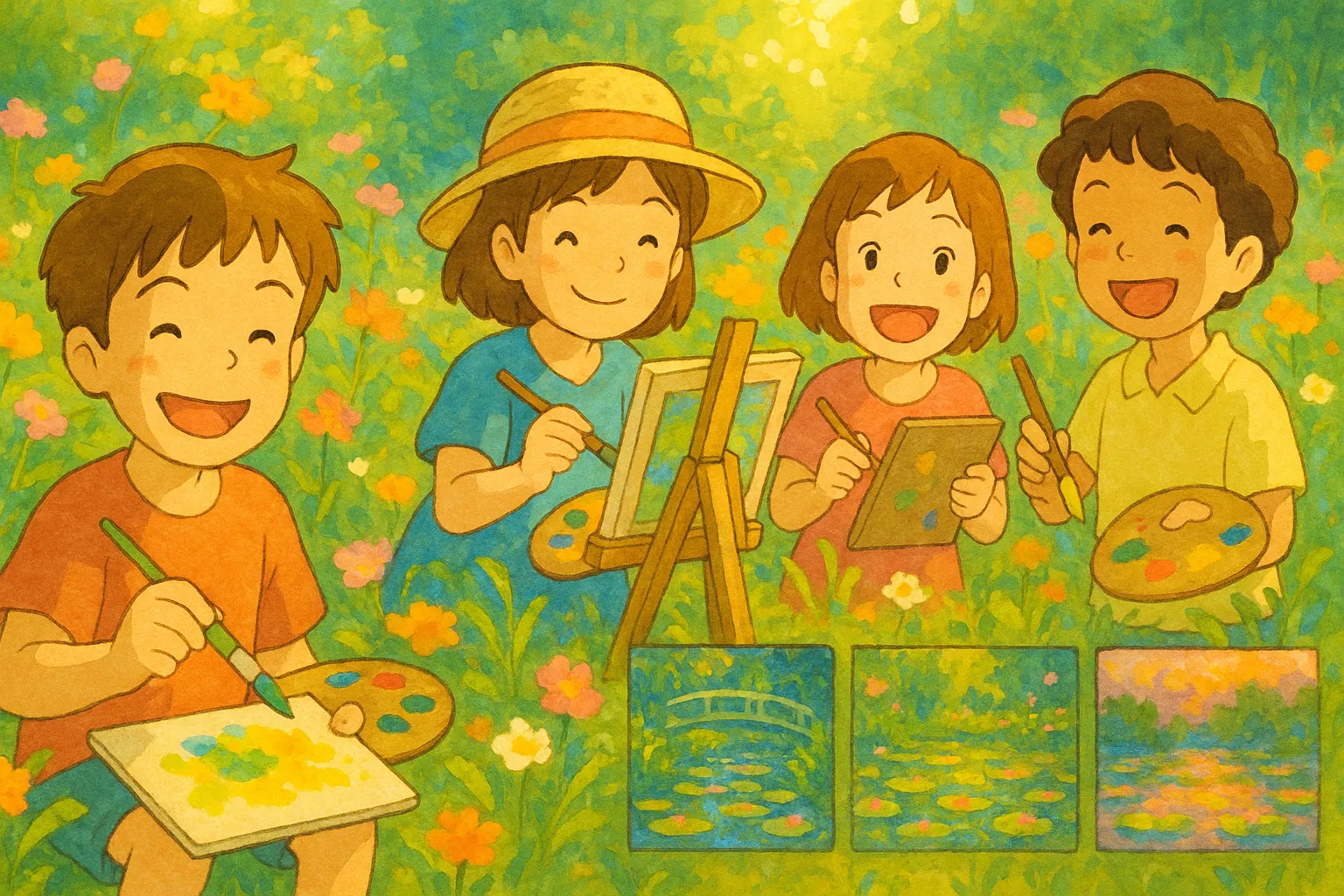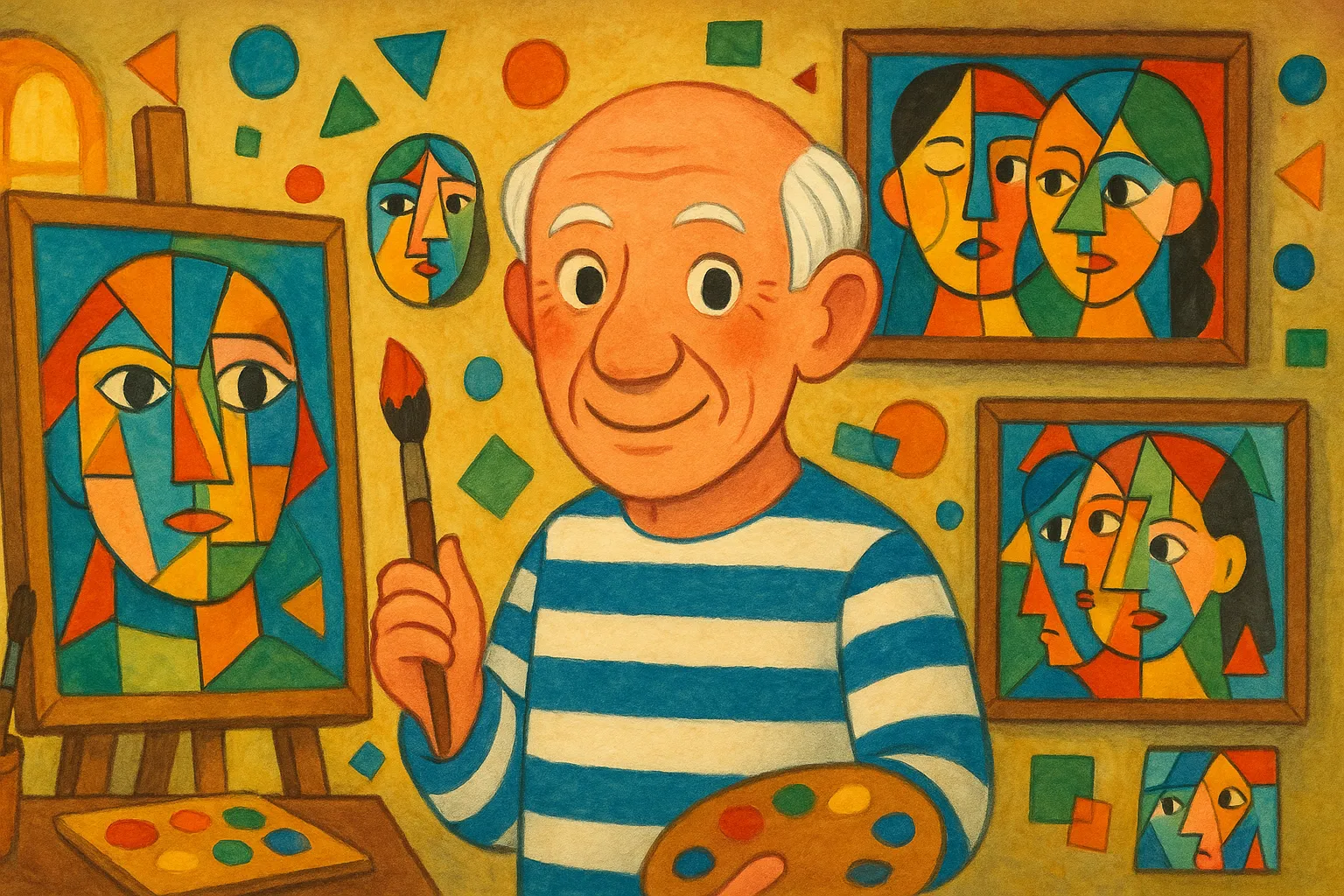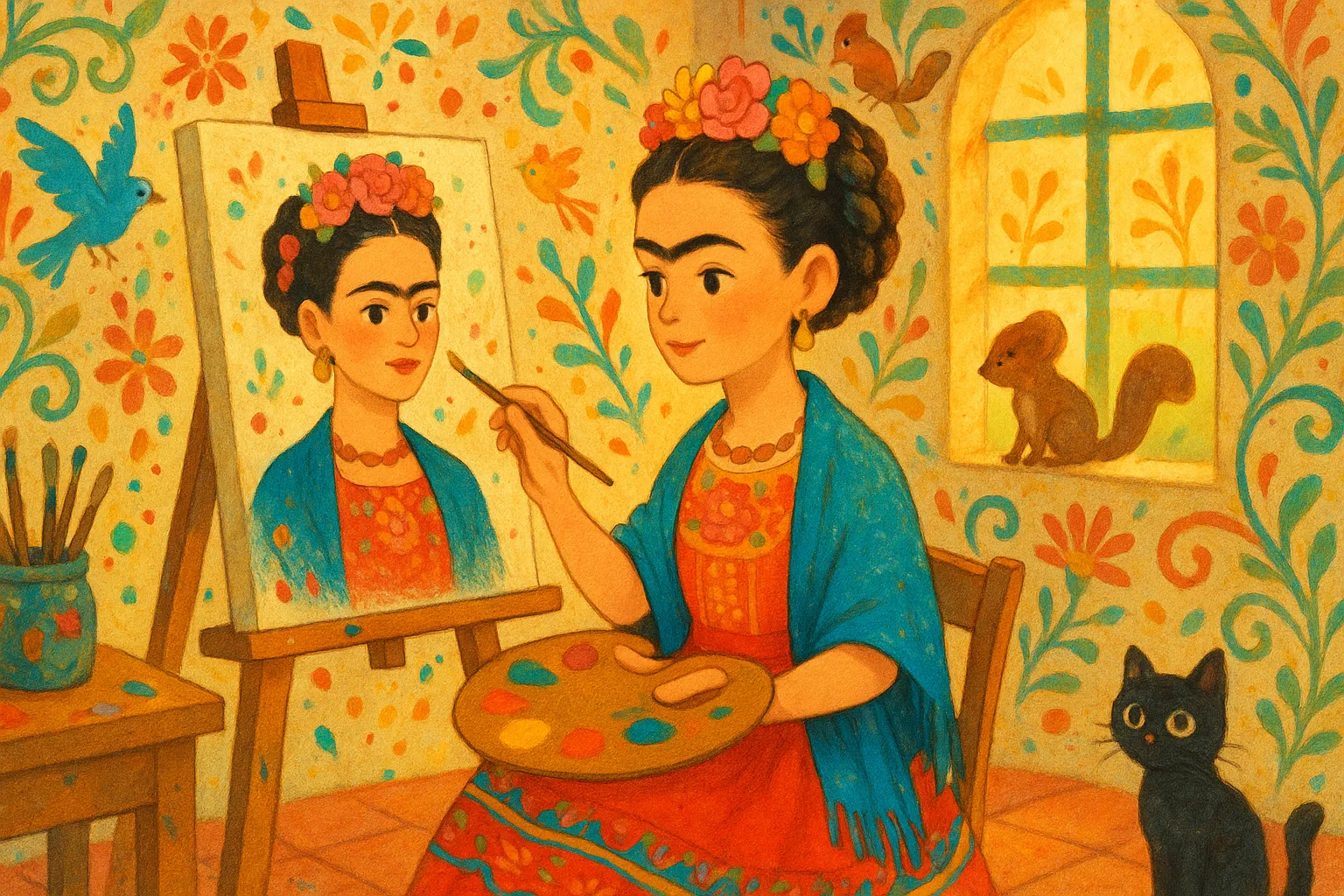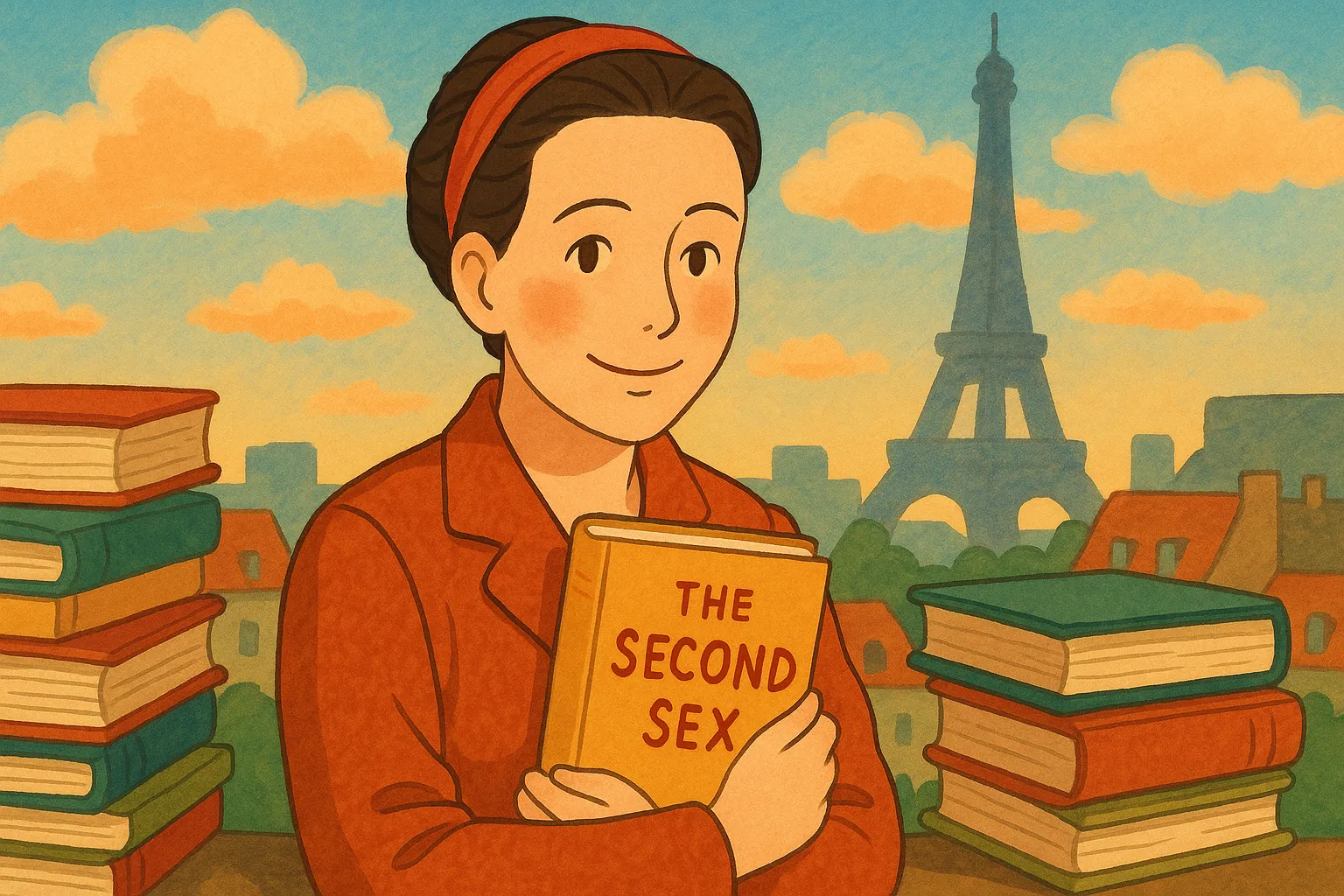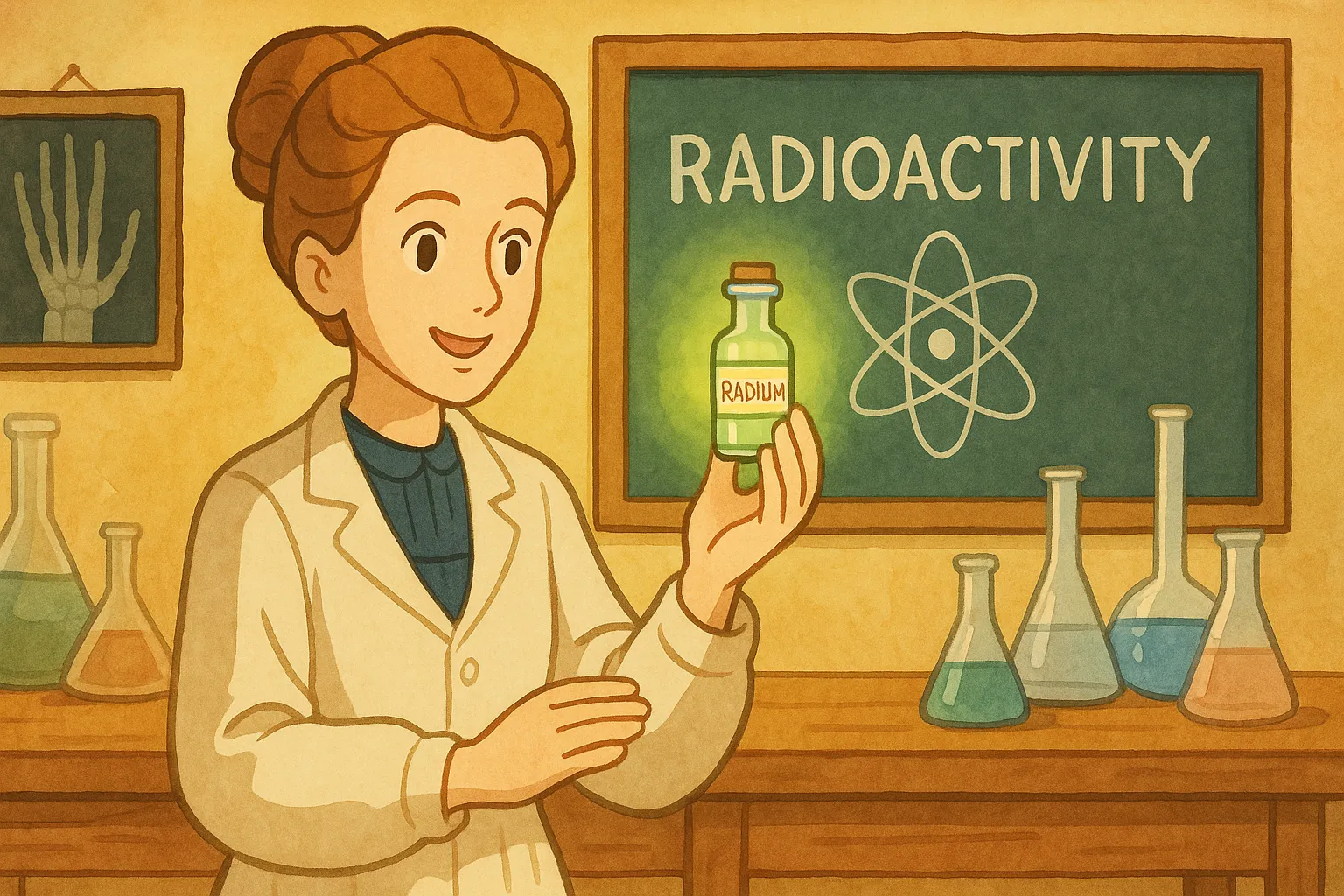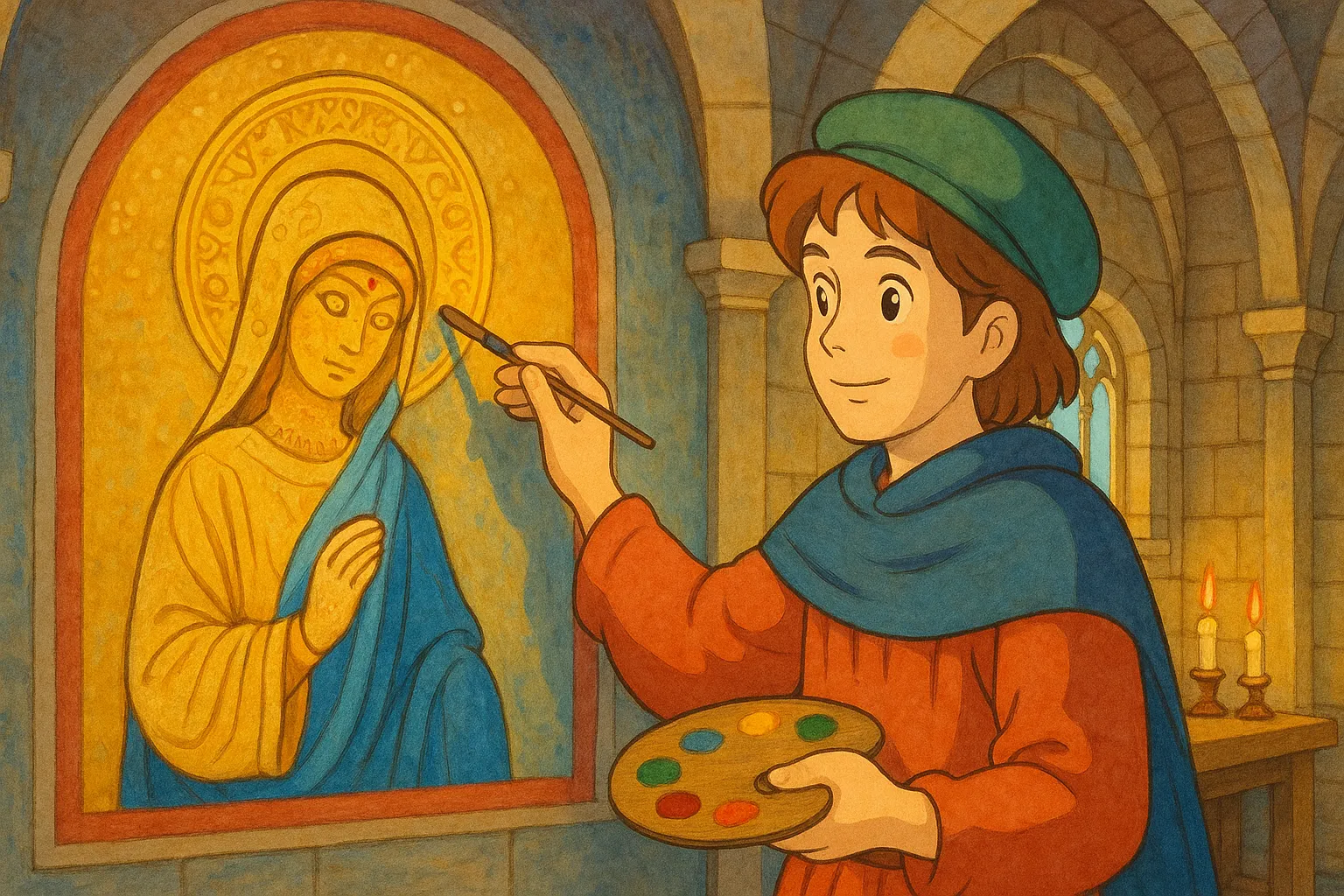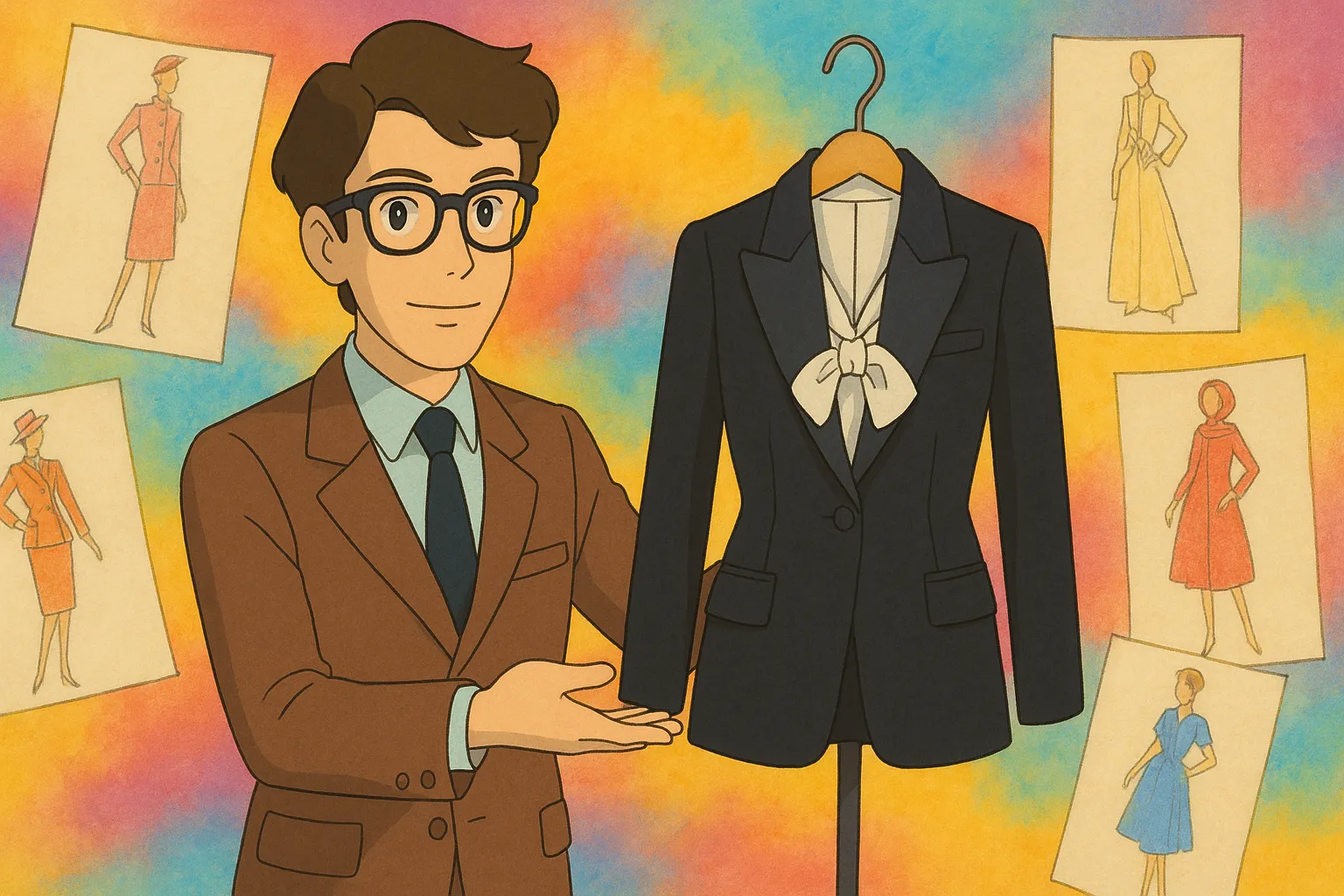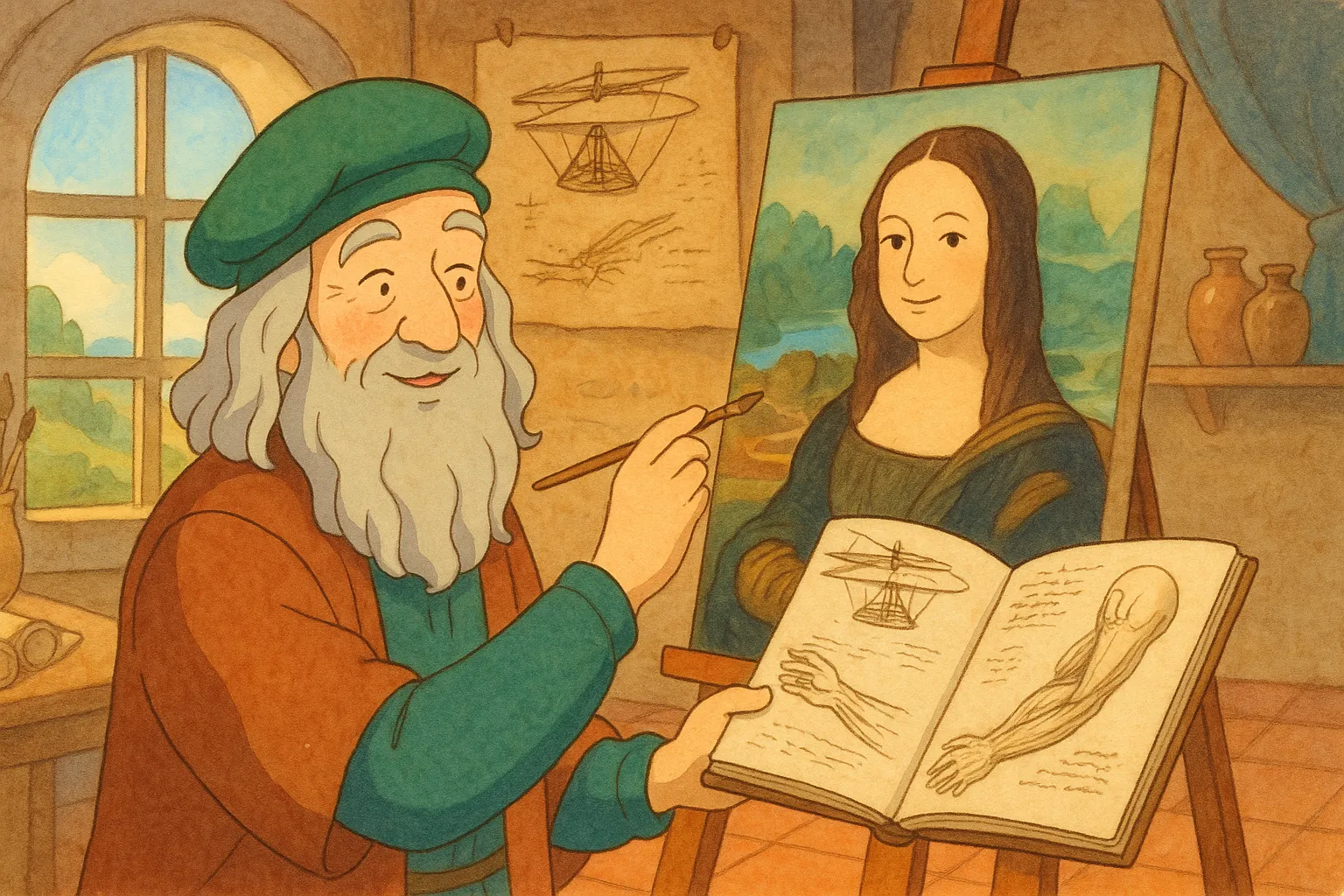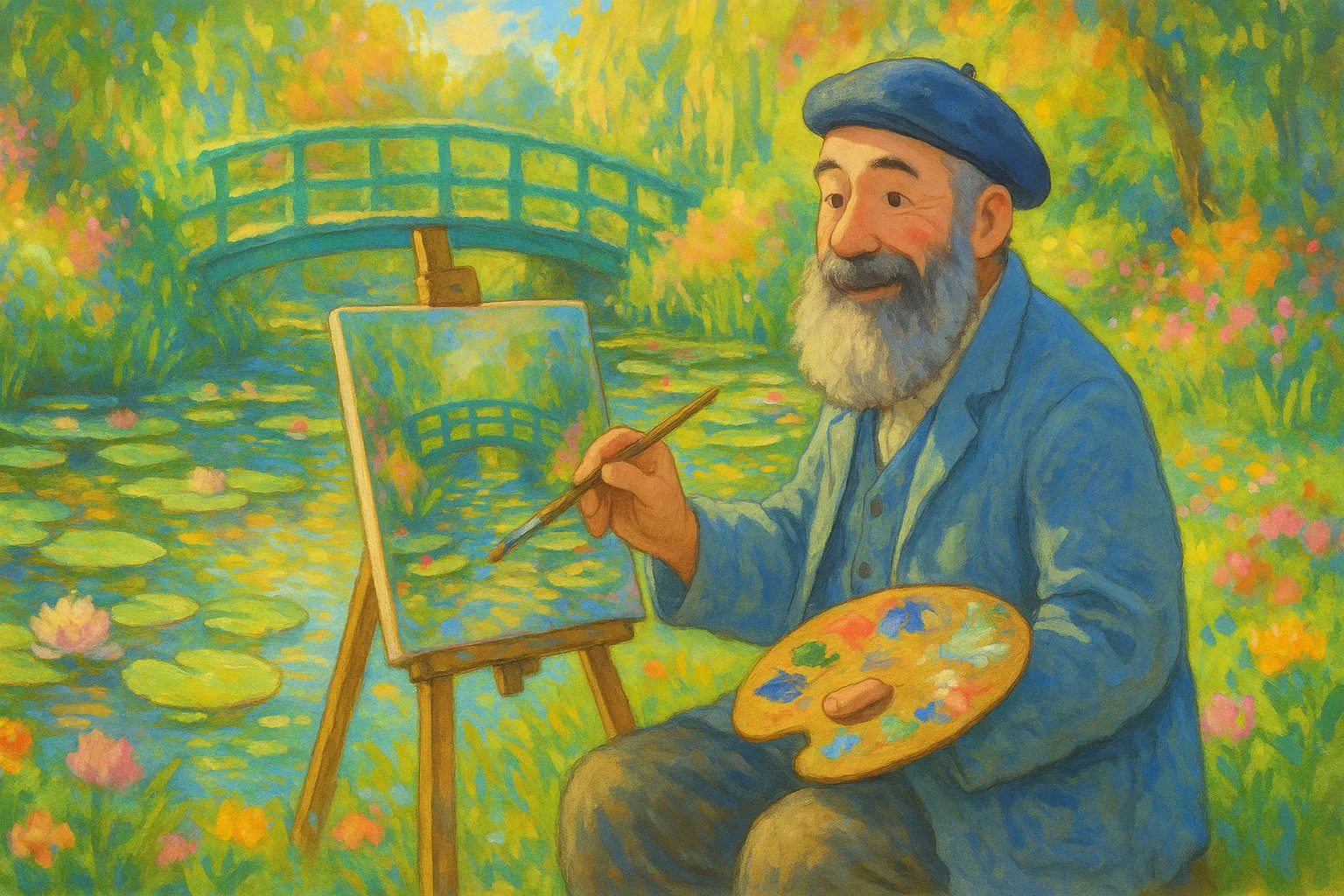
Frequently Asked Questions
Why is the art movement called Impressionism?
A critic used the title of Monet's 1872 painting "Impression, Sunrise" to mock the loose, sketch-like style. The artists embraced the name and it became the movement's label.
Did Monet collect or study Japanese art?
Yes. He admired and collected ukiyo-e woodblock prints. Their flat color areas, unusual viewpoints, and patterns influenced his compositions and garden design.
How did Monet's eyesight affect his later paintings?
Monet developed cataracts in later life, which shifted his colors toward reds and blurred details. After cataract surgery his palette and clarity changed again.
Who were Monet's artistic friends or collaborators?
He painted alongside fellow Impressionists like Pierre-Auguste Renoir, Alfred Sisley, and Camille Pissarro. They exchanged ideas, worked together, and sometimes competed for patrons.
Did Monet only paint outdoors?
He often painted en plein air to capture fleeting light, but he also completed large works and multi-panel water-lily paintings in his studio, using outdoor studies as reference.
What materials and techniques did Monet favor?
Monet used oil paints with quick, short strokes of pure color, layered without heavy blending. Portable easels and rapid studies helped him record changing light and atmosphere.
Where can I see Monet's major works today?
Major collections are in Paris (Musée Marmottan Monet, Musée de l'Orangerie, Musée d'Orsay) and abroad (National Gallery, London; Metropolitan Museum, New York), among others.
